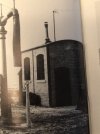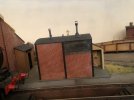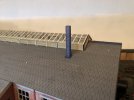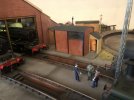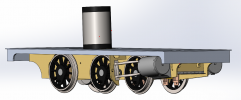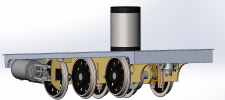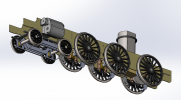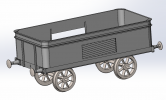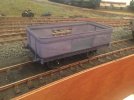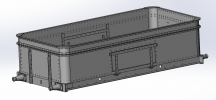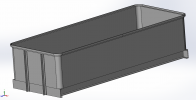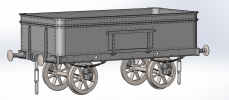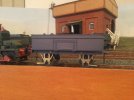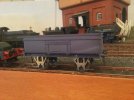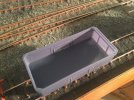Pencarrow
Western Thunderer
Thanks guys,
There seems to be some conviction regarding the darker bricks. It would seem more logical to use stronger bricks for lower courses, but it’s a sand furnace, rather than a bridge, and it has steel framing too. Why would the builders feel the need to use higher quality (higher cost?) bricks in a low level, low stress structure? Would the fire have something to do with it, and they just made it consistent all round at Didcot, but not elsewhere?
anyway, I’ll apply a coat of something, at some point. Would have been easier before I assembled it
(regrets, I’ve had a few, but then again too few to mention)
The engineering blue bricks were often used in lower foundation courses of buildings as they are less susceptible to damp and frost. Can't really see the point in using them on a small low building with a steel frame, particularly one that's heated to dry sand. Despite this they are obviously used in the rebuild at Didcot.


